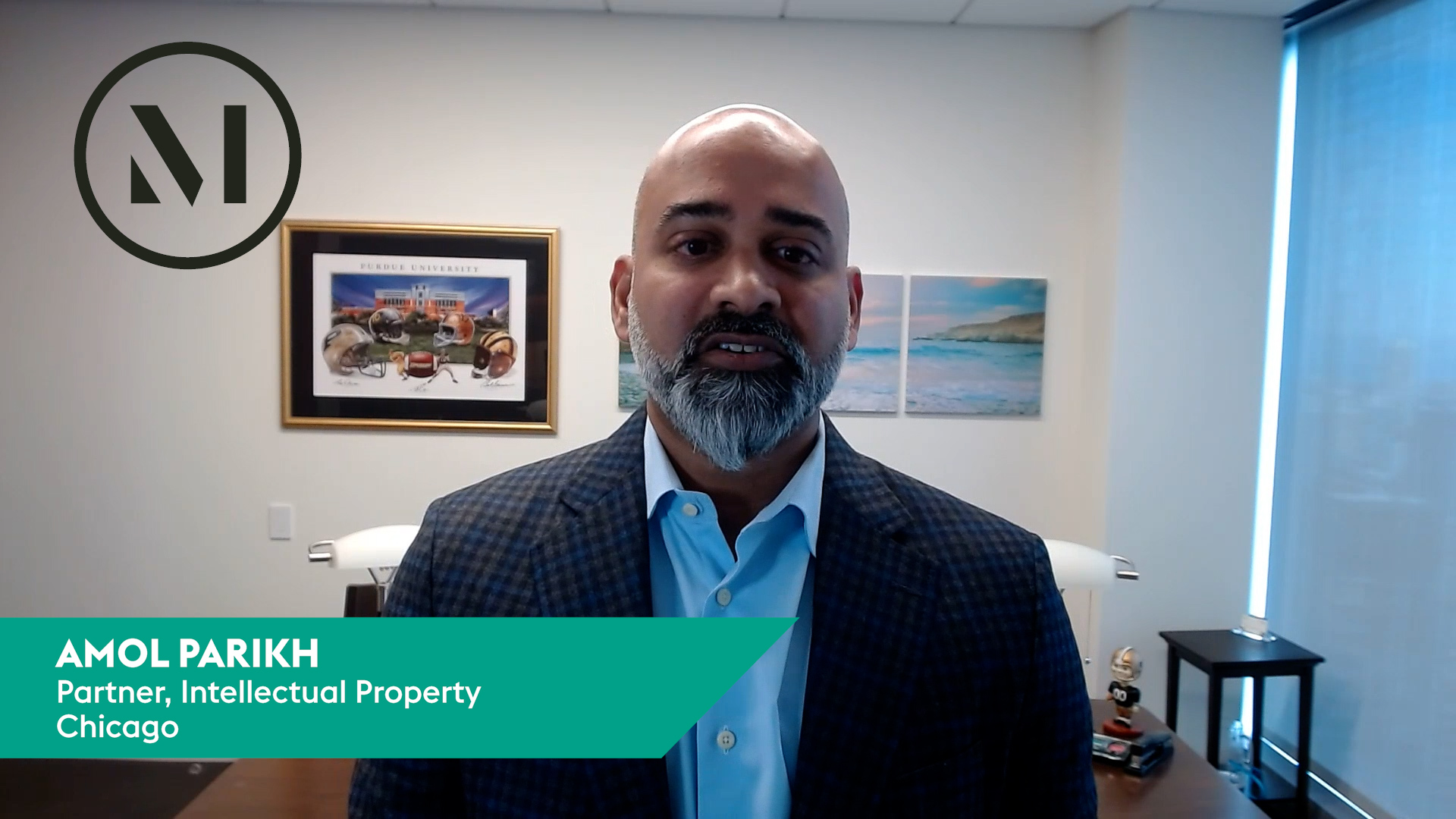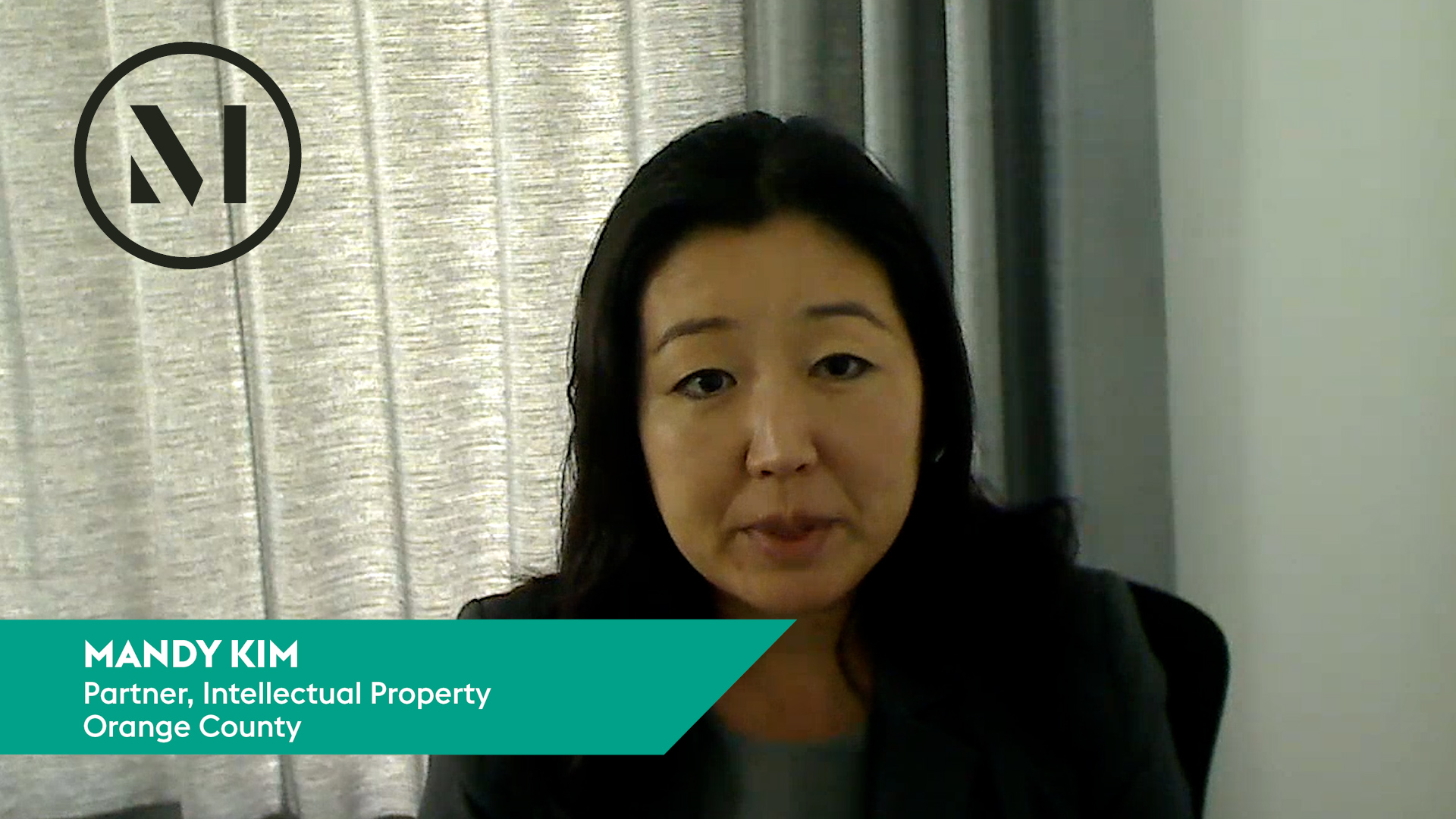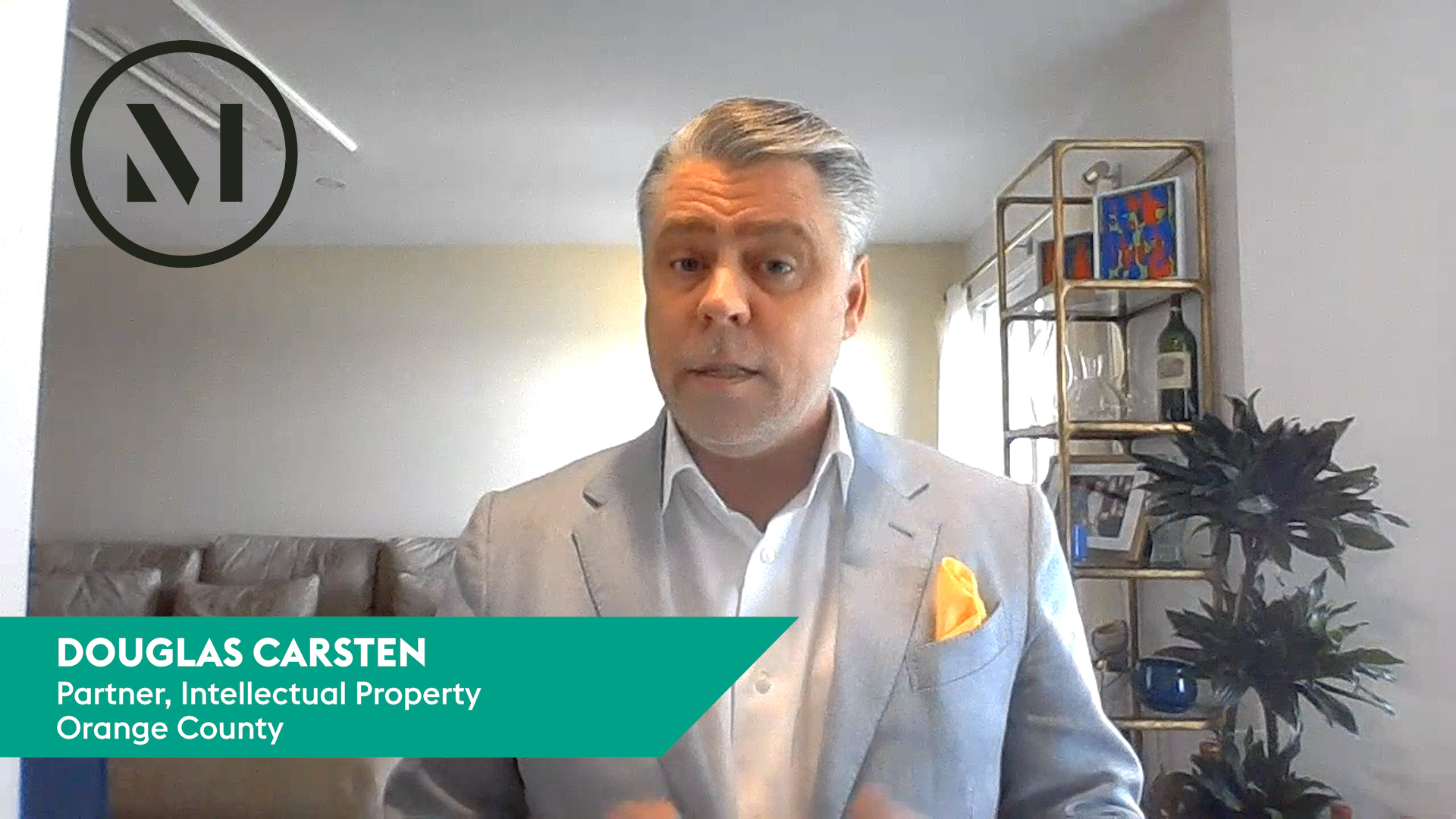Addressing the public use bar of pre-America-Invents-Act (AIA) 35 U.S.C. § 102(b), the US Court of Appeals for the Federal Circuit affirmed a district court’s decision to invalidate a patent because the patent owner’s disclosure of a prior art device at a trade show more than one year before the patent’s priority date was an invalidating prior public use. Minerva Surgical, Inc. v. Hologic, Inc., Case No. 21-2246 (Fed. Cir. Feb. 15, 2023) (Prost, Reyna, Stoll, JJ.)
Minerva sued Hologic for infringement of a patent directed to surgical devices for a procedure called endometrial ablation, which stops or reduces abnormal uterine bleeding. The patent had a priority date of November 7, 2011, and the asserted claim included the term “the inner and outer elements have substantially dissimilar material properties” (SDMP term). The district court construed the SDMP term to mean that the “inner and outer frame elements have different thickness and different composition.”
On completion of discovery, Hologic moved for summary judgment of invalidity, arguing that the asserted patent claims were anticipated under the public use bar of pre-AIA § 102(b). According to Hologic, more than a year before the patent’s priority date, Minerva brought a device called Aurora to the 38th Global Congress of Minimally Invasive Gynecology sponsored by the American Association of Gynecologic Laparoscopists (AAGL 2009)—an event dubbed the “Super Bowl of the industry.” During the AAGL 2009 conference, Minerva had a booth with 15 fully functional Aurora devices, gave a presentation discussing the Aurora devices and distributed brochures. In light of the record, the district court granted summary judgment that the asserted claims were anticipated under the public use bar. Minerva appealed.
Minerva raised three arguments on appeal. First, Minerva argued that disclosure of the Aurora device at AAGL 2009 was not a “public use” because Minerva “merely displayed” the device. Second, Minerva argued that there was no disclosure of the “invention” of the asserted claim because the Aurora device disclosed at AAGL 2009 lacked the SDMP term. Third, Minerva argued that the invention was not “ready for patenting” because Minerva was still improving the SDMP technology at the time of AAGL 2009, so the device did not function for its intended purpose of ablating “live human” tissue. The Federal Circuit addressed each argument in turn.
The Federal Circuit found that the district court had correctly determined that the Aurora device at AAGL 2009 was a “public use” since it was shown to individuals other than the inventor under no limitation, restriction or obligation of confidentiality. The undisputed record showed that Minerva pitched the Aurora device to various sophisticated industry members, who were allowed, without confidentiality obligations, to scrutinize the Aurora device closely enough to recognize and understand the SDMP technology Minerva later sought to patent.
The Federal Circuit also concluded that the Aurora device disclosed the SDMP term. The Court found that the inventors conceived of the SDMP technology before AAGL 2009 and that documentation about the Aurora device from before and shortly after the event [...]
Continue Reading
read more


 Subscribe
Subscribe





